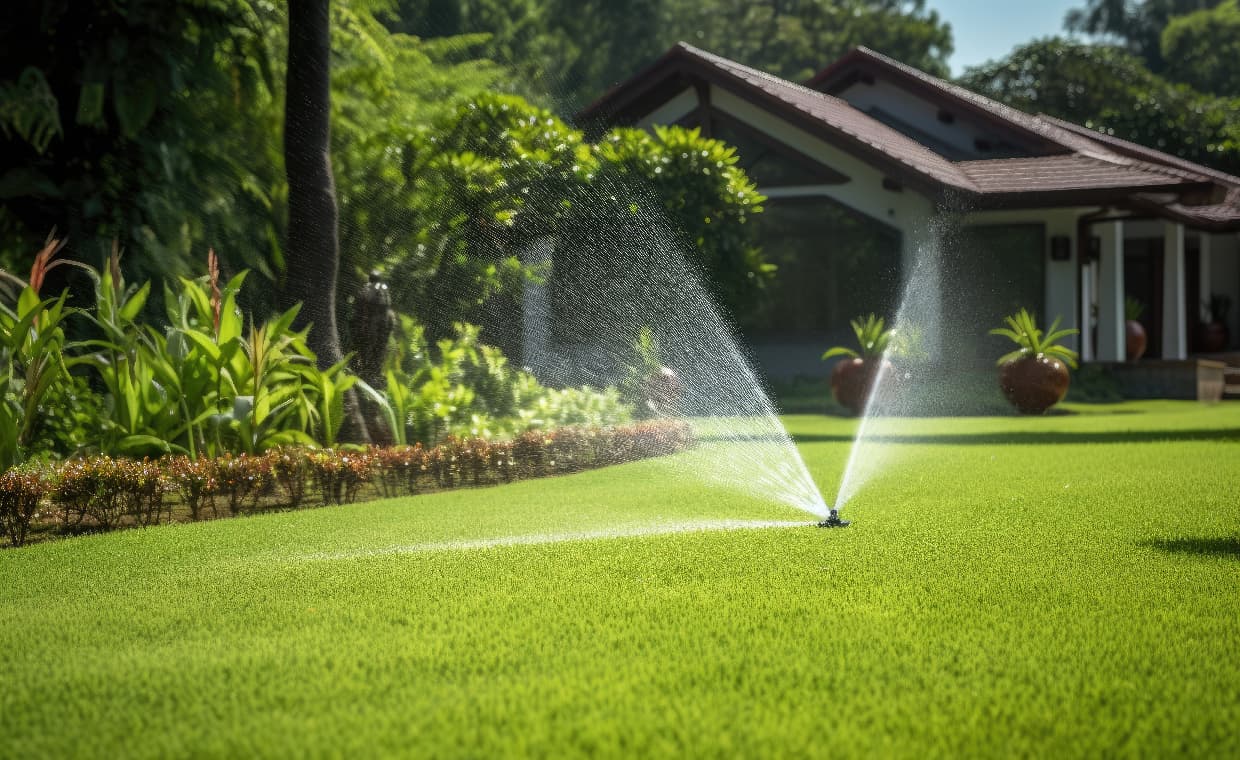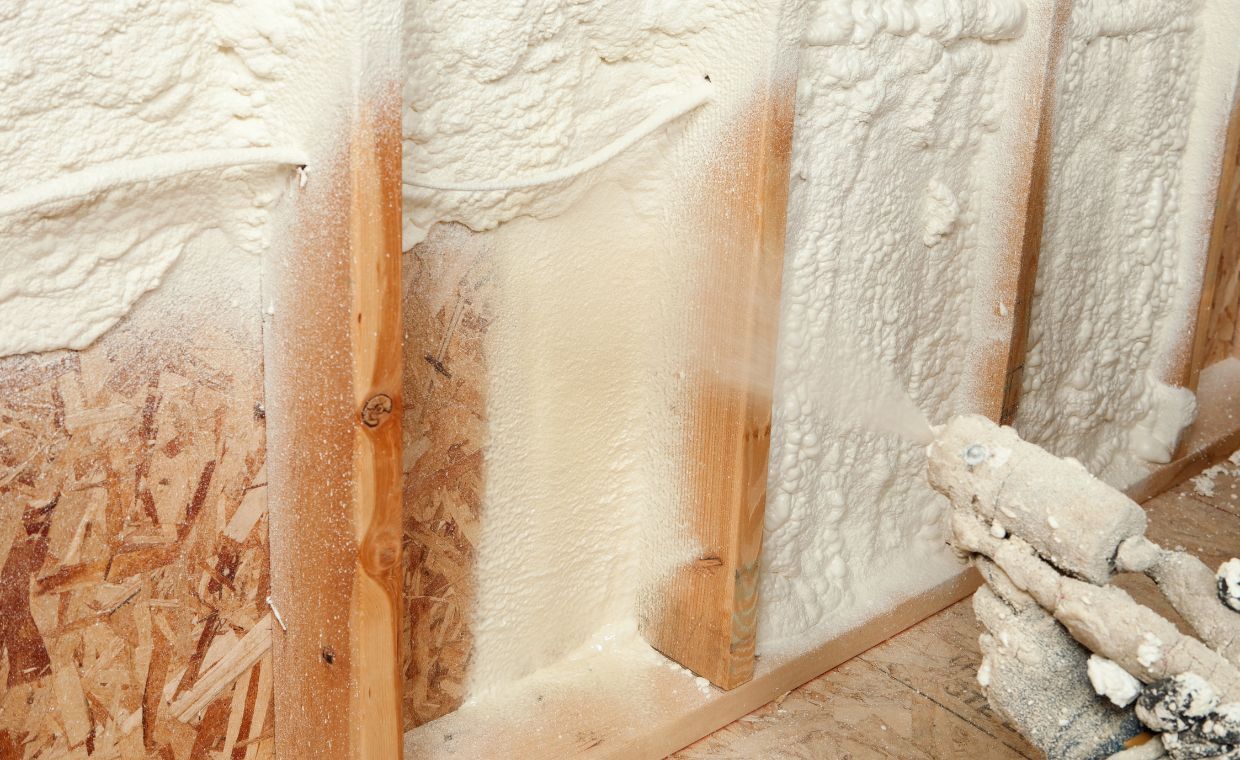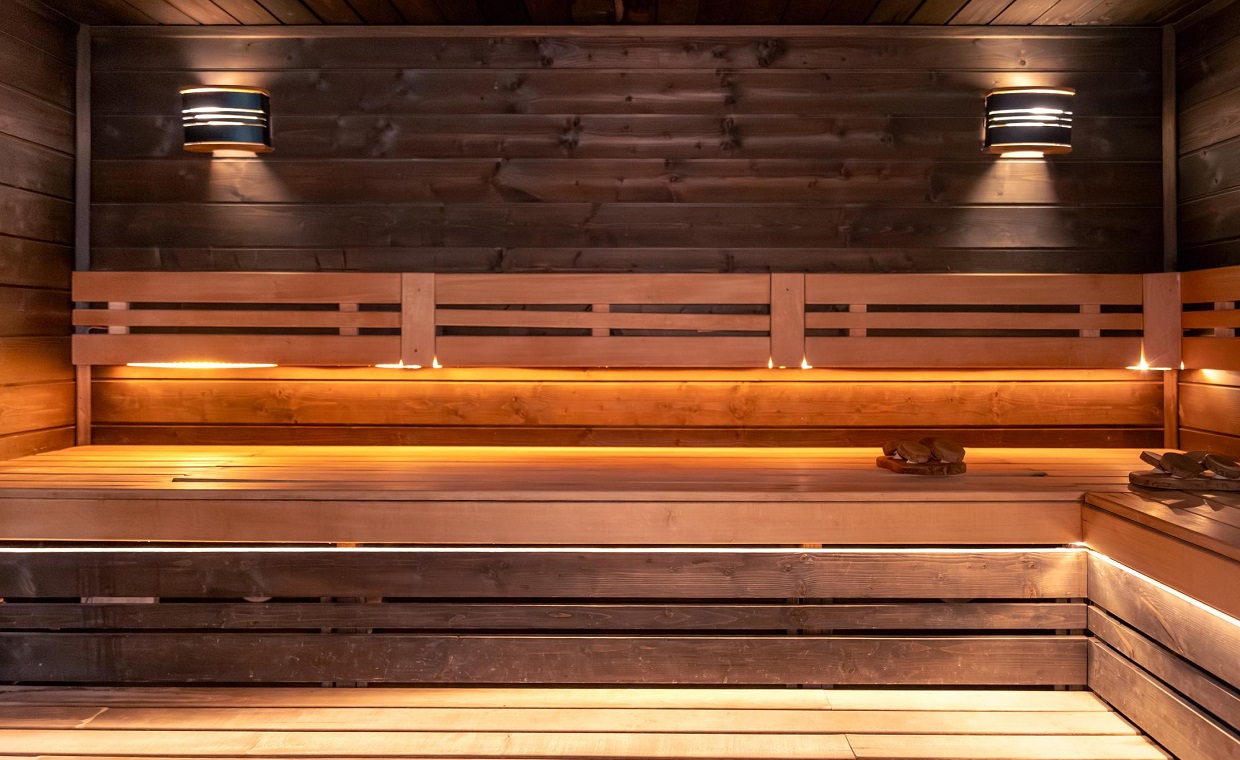
A lush, vibrant lawn is the crowning glory of any home. Aside from making your place more welcoming, it may add a real wow factor and bump up your property’s value. But keeping your lawn happy and healthy is no easy feat, especially when it comes to watering. That’s where sprinkler systems come in – they’re like lifesavers for busy folks. No more wondering how much to water, and your lawn gets just the right amount it needs to keep on thriving.
Unfortunately, even the most reliable sprinkler system can have hiccups. Malfunctions can lead to a hefty repair bill. It may also cause damage to your property.
So, do you want to keep your wallet happy and your lawn in tip-top shape? Consider these best practices below to prevent sprinkler system damage:
Know Your Sprinkler System
Understanding your sprinkler system is the first step towards damage prevention. Whether you need routine maintenance or specific services like sprinkler repair San Diego, the following are the things you should know:
01. System Layout

Familiarize yourself with the location of pipes, valves, and sprinkler heads. A map provided during installation is a great resource. If you don’t have one, create a simple sketch to identify key components.
02. Zone Control

Most systems have multiple zones, allowing you to water different areas independently. Knowing which zone controls which section of your lawn prevents overwatering and potential damage to delicate plants.
03. Timer Settings

Mastering your sprinkler timer is the key to a healthy lawn. Learn how to program watering schedules based on season, weather, and your lawn’s specific needs.
Knowing your sprinkler system’s ins and outs may help keep your lawn happy and avoid any unfortunate surprises.
Regular Inspections are Key
Just like your car, your sprinkler system benefits from regular checkups. During your inspections, keep an eye out for these things:
01. Check for Leaks

Look for pooling water around sprinkler heads or soggy spots in the lawn. Leaks can lead to water wastage and higher utility bills.
02. Inspect Sprinkler Heads

Pay attention to your sprinkler heads. If they’re clogged, busted, or out of whack, you could end up with patchy watering and an unhappy lawn. Do a quick check every now and then to make sure they’re all in good working order – it’s an easy way to keep your grass looking its best.
03. Examine Valves and Pipes

Look for signs of wear, rust, or cracks. Damaged valves or pipes can cause significant system failures if left unchecked.
04. Monitor Water Pressure

Notice if there’s a drop in pressure, which might indicate a leak or blockage. Maintaining the right pressure ensures efficient system operation.
05. Test Coverage

Run the system to ensure all areas are being watered evenly. Proper coverage prevents dry spots and over-saturation in different lawn areas.
By conducting regular inspections, you can identify and address potential issues early. It also ensures your sprinkler system operates efficiently and effectively, which is essential for maintaining healthy lawn care.
Don’t Fight Mother Nature

Heavy rain can render your sprinkler system unnecessary, and even wasteful. Invest in a rain sensor. This handy device automatically suspends watering cycles when it detects sufficient rainfall, preventing water waste and potential flooding in your yard. Rain sensors are easy to install and highly customizable. You can set the specific amount of rainfall that triggers a suspension in watering, ensuring your lawn receives the right amount of moisture while conserving water.
Winterize Wisely
As temperatures drop, water left in your sprinkler system can freeze and cause pipe bursts. Before the first frost arrives, take steps to winterize your system. This typically involves:
01. Shut Off the Water Supply
Locate the shut-off valve near your main water source and turn it off. This prevents water from entering the system.
02. Drain the System
Open the drain valves located at the low points of your system, typically near the sprinkler heads. This allows any remaining water to drain out.
03. Blow Out the Lines
Use an air compressor (at least 60 PSI) to blow out any remaining water from the pipes and sprinkler heads. Start at the farthest point from the shut-off valve and work your way back, blowing out each zone individually. Continue blowing until no more water escapes the valves or sprinkler heads.
In addition, consult your system’s manual or a professional for proper winterization techniques specific to your setup.
Be Mindful When Mowing
A well-maintained lawn and a functioning sprinkler system go hand-in-hand. However, careless mowing can lead to accidental damage. Adjust your mower height to avoid scalping the grass, which can expose sprinkler heads and make them vulnerable to damage from mower blades. Create a mowing schedule that allows the grass to grow tall enough to provide some natural protection for the sprinkler heads.
Address Leaks Promptly
Leaks are a telltale sign of trouble in your sprinkler system. Ignoring them is a recipe for wasted water and potential damage to your property. Even a small leak can silently waste thousands of gallons of water over time. This translates to higher water bills and a strain on precious water resources.
But that’s not all. When left unchecked, a leak can lead to bigger problems down the road. A steady trickle of water can erode soil, damage your foundation, and create unattractive puddles or muddy patches in your yard.
If you discover a leak in your sprinkler system, take immediate action. Shut off the water supply to the system using the shut-off valve, typically located near the main water source. This will prevent further water waste and minimize the potential for damage.
The next step is to contact a qualified irrigation technician for repairs. They have the expertise and tools to diagnose the source of the leak and fix it efficiently. Don’t put off leak repairs – it’s a smart investment that saves you money and protects your property.
DIY Maintenance for the Savvy Homeowner
While some repairs require professional expertise, there are basic maintenance tasks you can tackle yourself. Regularly clear debris like leaves and twigs from around sprinkler heads to prevent blockages. You can also manually adjust sprinkler heads to ensure they’re watering your lawn effectively and not spraying walkways or driveways.
The Bottom Line
By following these best practices, you can prevent sprinkler system damage and ensure your lawn receives the right amount of water for optimal health. A well-maintained system saves you money on water bills, minimizes the risk of property damage, and frees you up from the hassle of manual watering. So, invest a little time and effort into your sprinkler system, and watch your lawn flourish!
You may also like to read the following article:






























